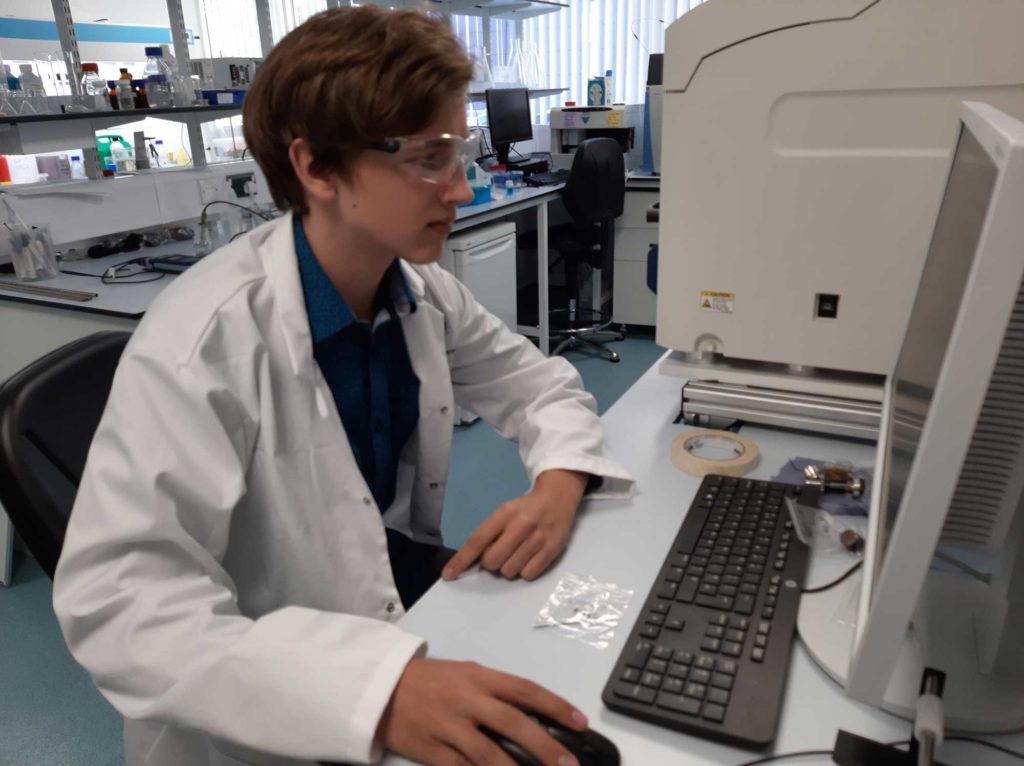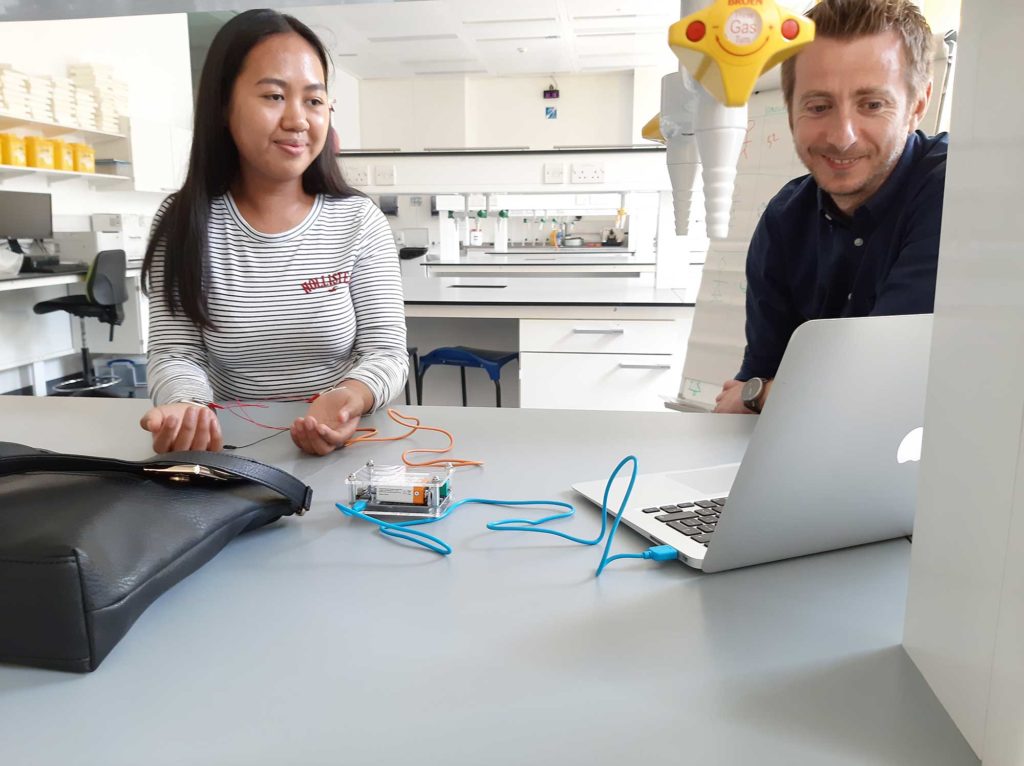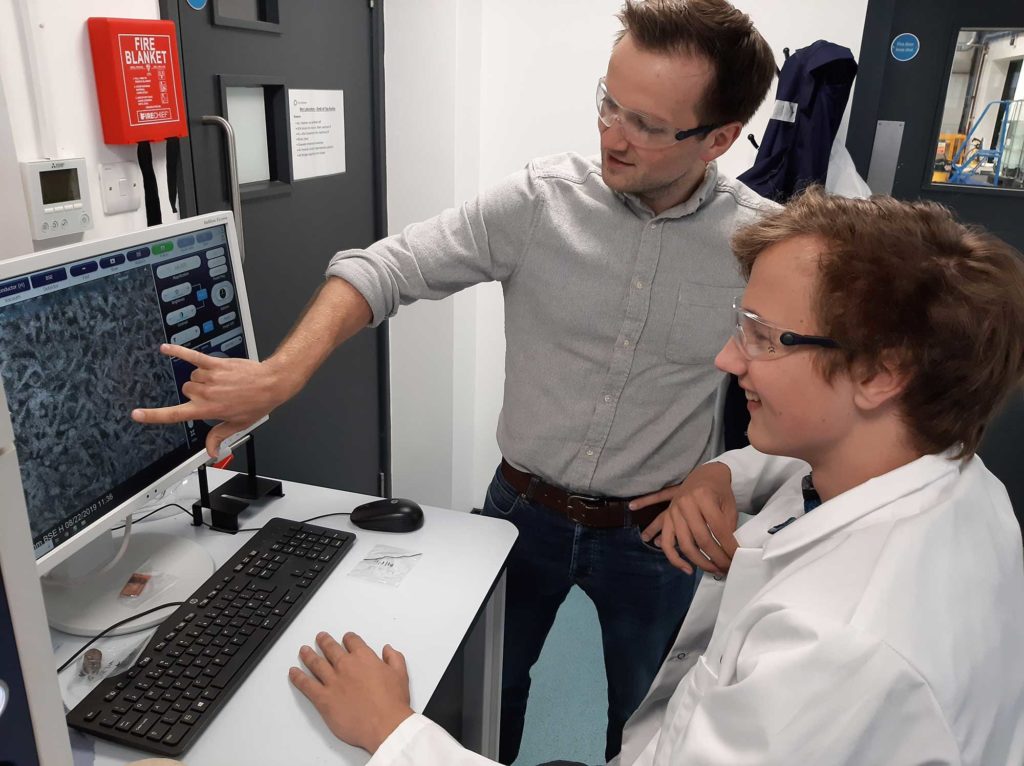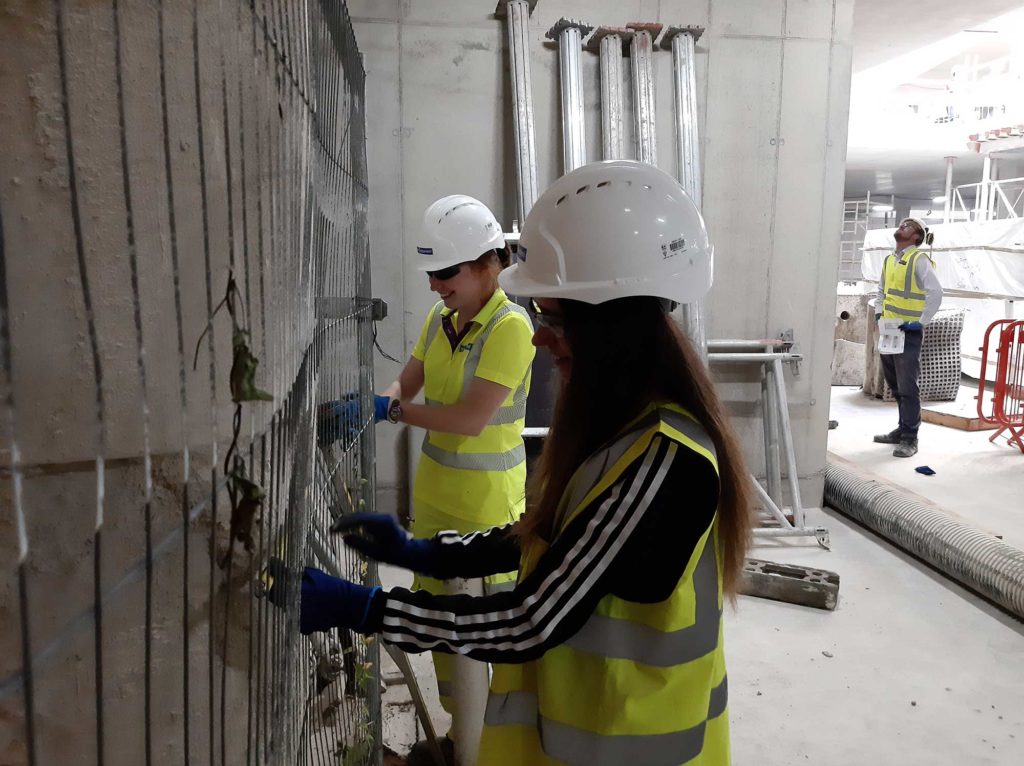by Glory Kinsiedi-Matonga, supervised by Dr Laura Denney
Learning the science behind Polymerase Chain reaction (PCR) is just one of the incredible things I was so blessed to be able to do during my 2 week work experience at Imperial College, South Kensington Campus. Handling mice, watching the scientists conduct gel electrophoresis and ELISAs were also great highlights to the week but I will just explain, in the simplest manner I can, what I learnt and understood from the scientists i’d talked to about a technique called how PCR and how it works:
Paternity testing and disease diagnosis are only a few of many of the uses of PCR which consists of three steps, carried out in cycles, where a small section of DNA is replicated (or amplified) millions of times for detection. These three steps, as you’ve probably guessed by the title are 1) denaturation, 2) annealation and 3) elongation. The first step, denaturation is when the DNA is heated to approximately 92 degrees , allowing the DNA molecule to separate into 2 polynucleotide strands, very similar to strands of mRNA( Messenger Ribonucleic acid), by breaking apart the hydrogen bonds between them.
Enzymes are also needed for the successful amplification of the required section of DNA. However, as we may have learnt sitting in a science class once upon a classroom-filled day, at a certain high temperature enzymes can denature changing their shape, especially human enzymes, so that they are not able to carry out their usual function anymore; they become ineffective. This is why scientists don’t use human enzymes for PCR but a special type of enzyme called taq (thermos aquaticos) polymerase which can be isolated from a thermophile, meaning that this enzyme can withstand much higher temperatures than the enzymes in our bodies can , especially the temperature of 90-ish degrees which they’re exposed to during the denaturation step .
Annelation involves lowering the temperature set. It is at this step that nucleotides and primers are introduced. Primers are short polynucleotide strand attached at one end of each separated DNA strand as a starting point for the replication of the DNA. At the elongation step, starting from the primers, the enzymes involved in PCR start to join together the nucleotides making up the replica of the exposed ‘template’ strand in order to make a full DNA molecule.
These three steps are then repeated again and again until there are lots of copies of the section of DNA that you want. Ta-da! In the first cycle, if you started off with 1 strand of DNA, you would end up with 2 DNA strands in the end, after the second cycle 4, then 8, 16, 32,…
Apart from learning the science behind PCR and other scientific concepts, meeting scientists and finding out about their career paths and attending lunch meetings where PhD and post-doc students would present and evaluate each other’s theses was a very new and exciting thing to experience and something that has urged me even more to pursue the world of science.



